In this week’s podcast, SJ reveals her slight obsession with an architectural feature which is so commonplace we can easily forget they are there. The staircase. There’s no doubt that staircases offer up a practical and some may say essential solution for getting from one elevation to another, but they also provide aesthetics, focal points and symbolism. Read on to discover some of the most beautiful, practical and mystifying staircases discussed in the podcast.
Listen to the Staircases Podcast NOW!
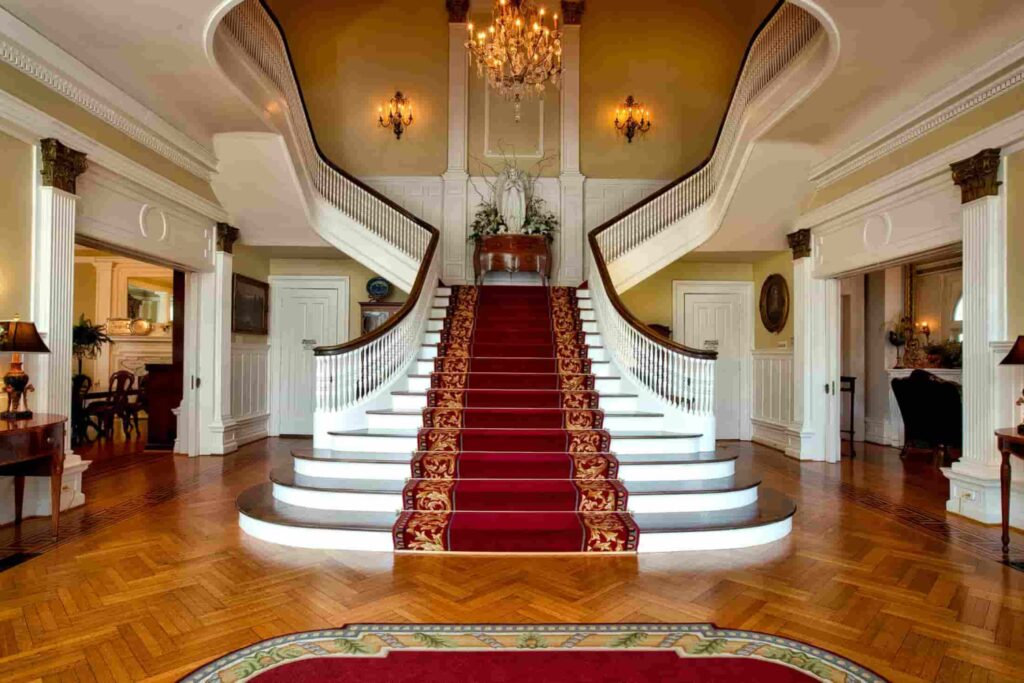
There are many different types of staircases which include straight staircases, spiral, L-shaped, curved, half-turn as well as the classic bifurcated stairs, that exude magnificence with grand, sweeping opulence as they divide into two smaller flights that split off in opposite directions.
Staircases were originally designed clockwise in Medieval Castles for a very specific reason, safety! As it turns out the direction of a staircase was meant to make it harder for an attacker coming up the stairs to draw their sword, hence the clockwise design.
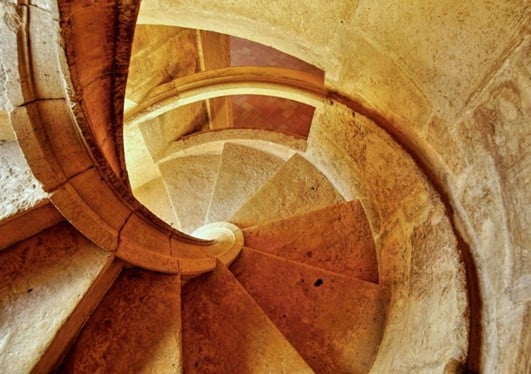
1. The Momo Staircase - The Vatican

The Momo Staircase in the Vatican uses an original double helix to enable the smooth flow of people in the busy Vatican museums. One wrought iron stairway goes up and another goes down, winding to ensure uninterrupted traffic in both directions. The staircase was designed by Italian architect Giuseppe Simonetti in 1932, and has become one of the most photographed staircases in the world.
2. An Engineer's Vision

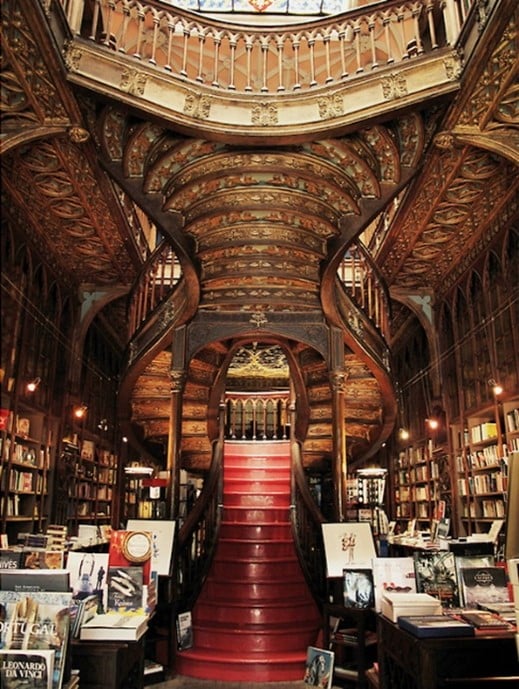
The following bookstore in Porto, Portugal has got to be one of the prettiest bookstores in the world, mostly due to its exquisite staircase that looks magnificent from all angles. It was designed around 1906 by one Francisco Xavier Esteves. He was neither an architect nor an interior designer, but an engineer.
3. The Labyrinth Staircase
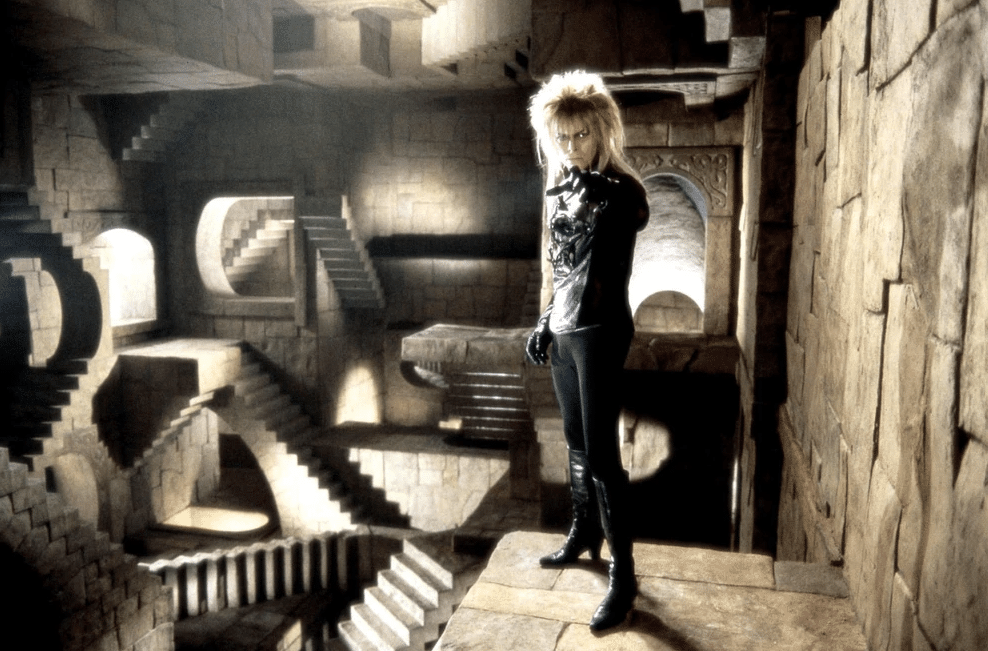
The staircase in the cult David Bowie film, The Labyrinth is based on the Dutch graphic artist Escher’s famous lithograph print, Relativity. First printed in 1953, it depicts a world where there are three areas with different sources of gravity which appear to be interconnected by seven staircases. Esher was a mathematical genius and known for his surrealist work which challenged the laws of physics.
4. Escher's Relativity
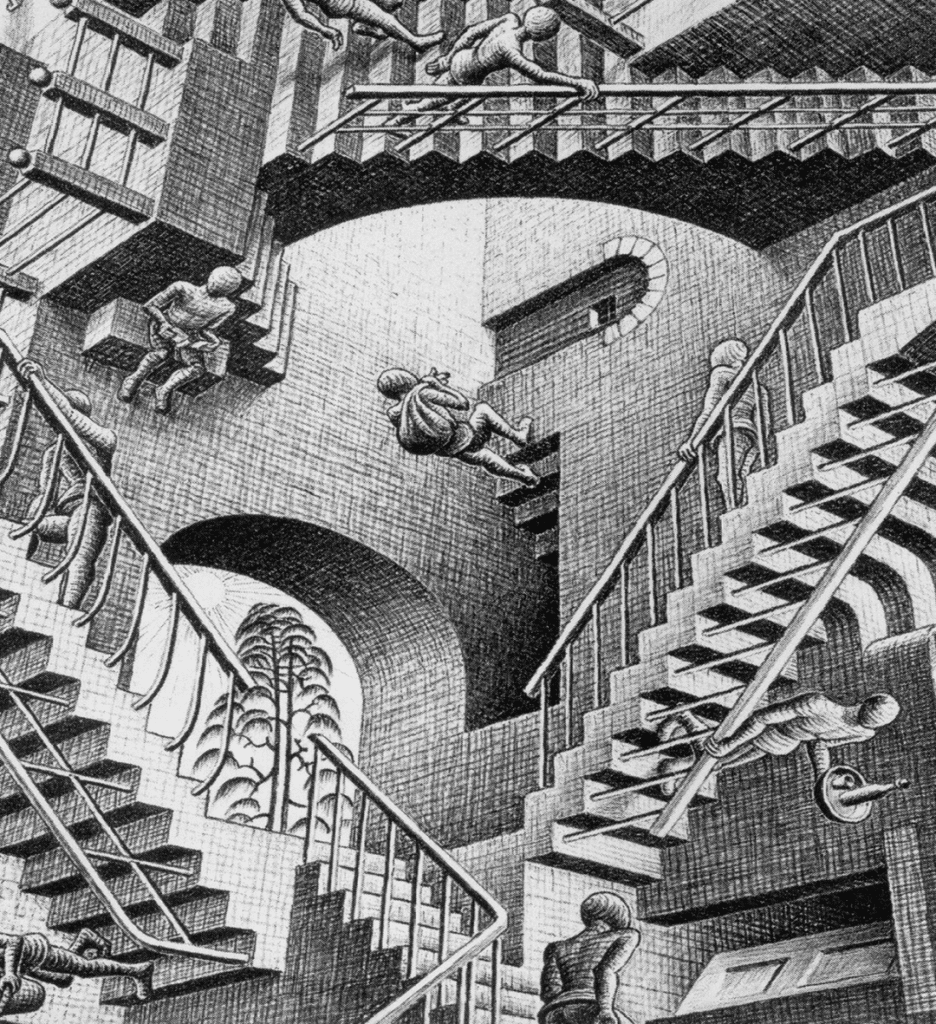
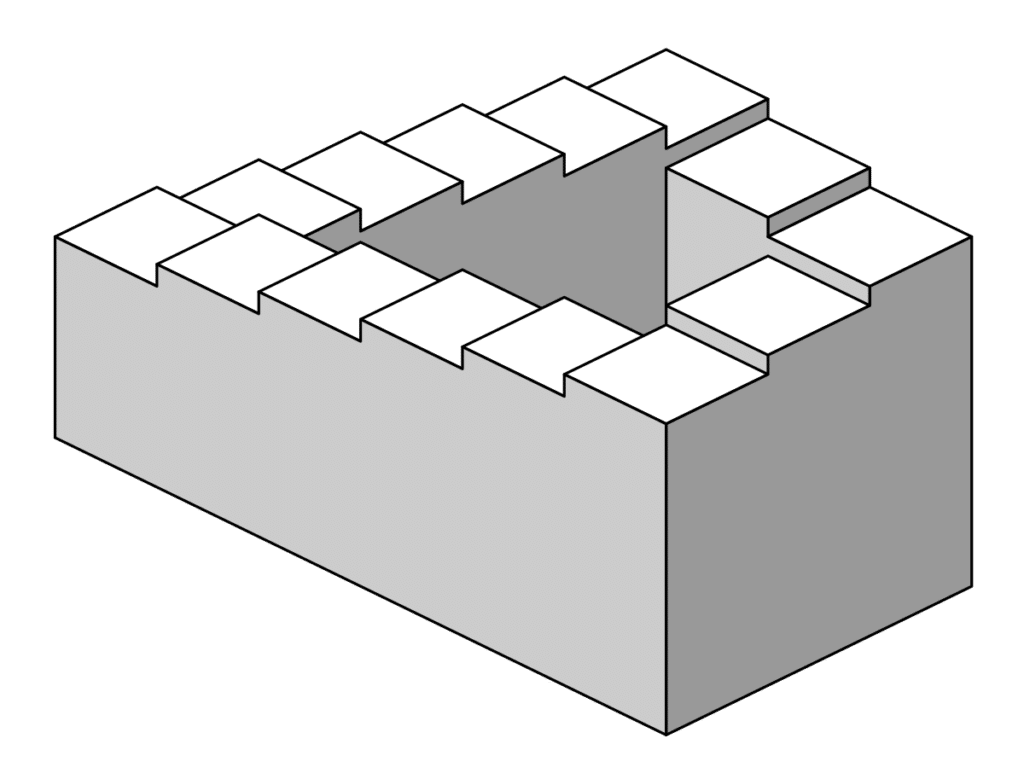
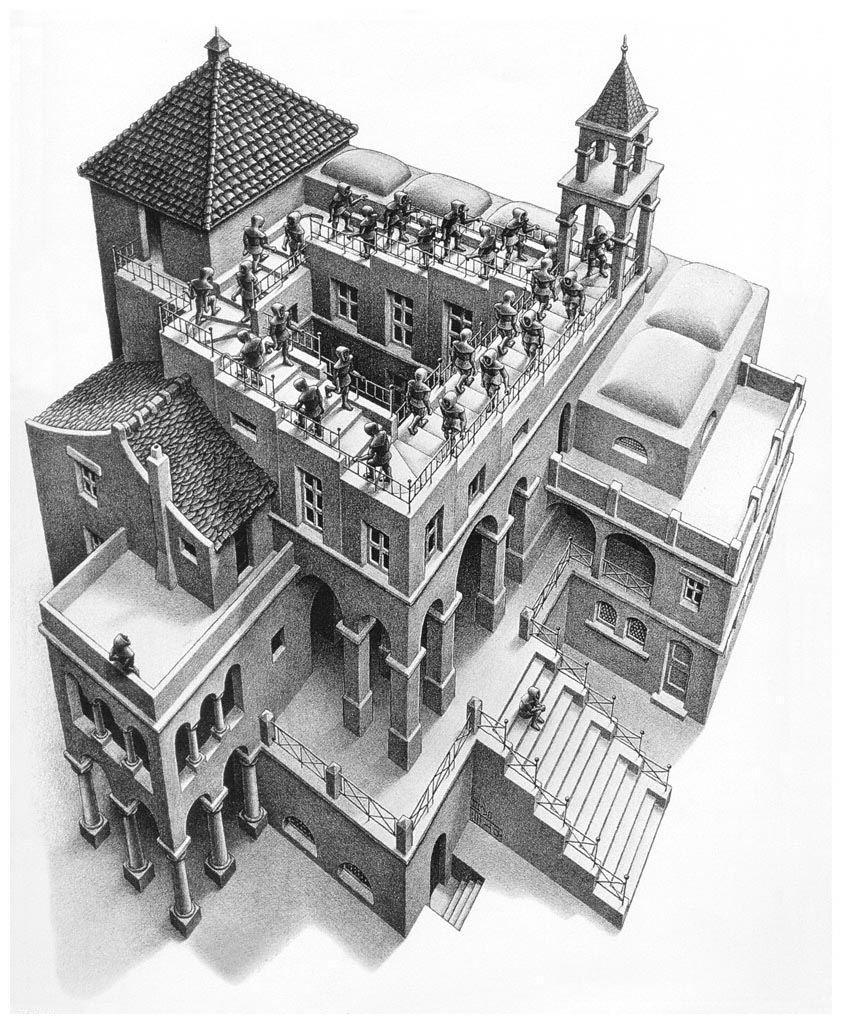
5. The Penrose Stairs
Escher’s work was later inspired by another ‘impossible staircase’ – the Penrose Stairs or Penrose Steps. Originally designed by Oscar Reutersvärd in 1937, the impossible staircase was then unknowingly recreated by Lionel Penrose and his son Roger. It is described on Wikipedia as a “two-dimensional depiction of a staircase in which the stairs make four 90-degree turns as they ascend or descend to form a continuous loop.”. Frist presented in the British Journal of Psychology in 1958, it inspired Escher to take his surreal staircases even further. His now famous lithograph Klimmen en Dalen (Ascending and Descending) showed two lines of men either ascending or descending the same never ending staircase.
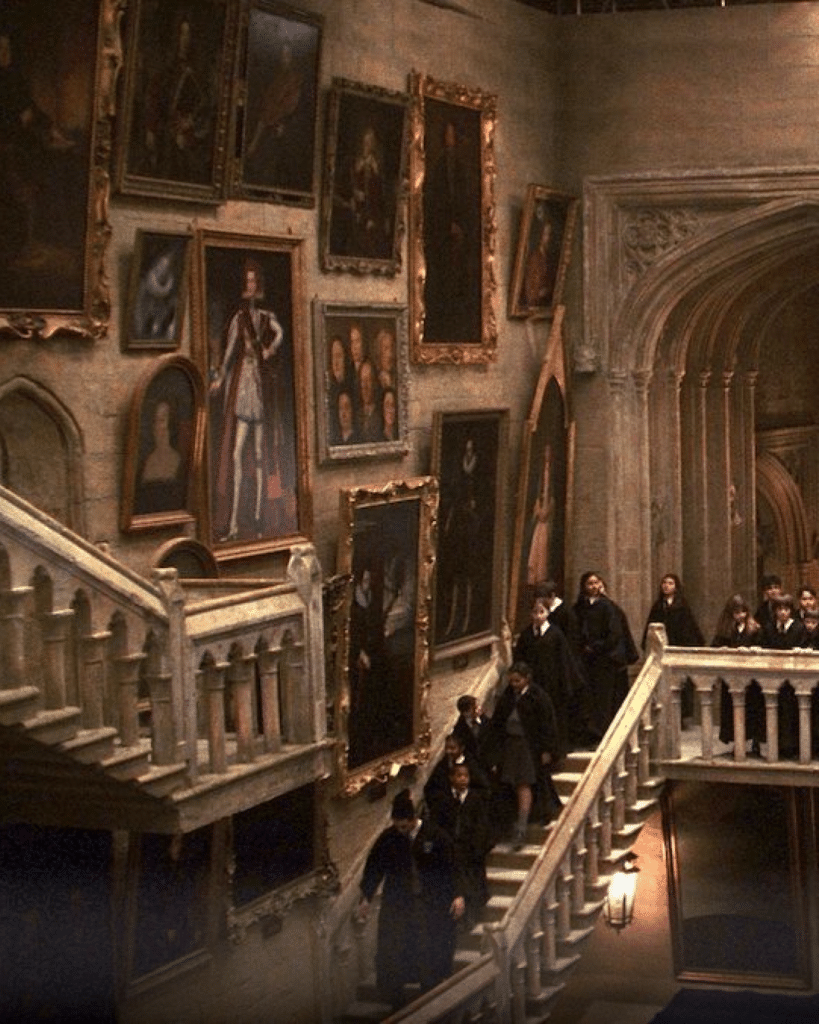
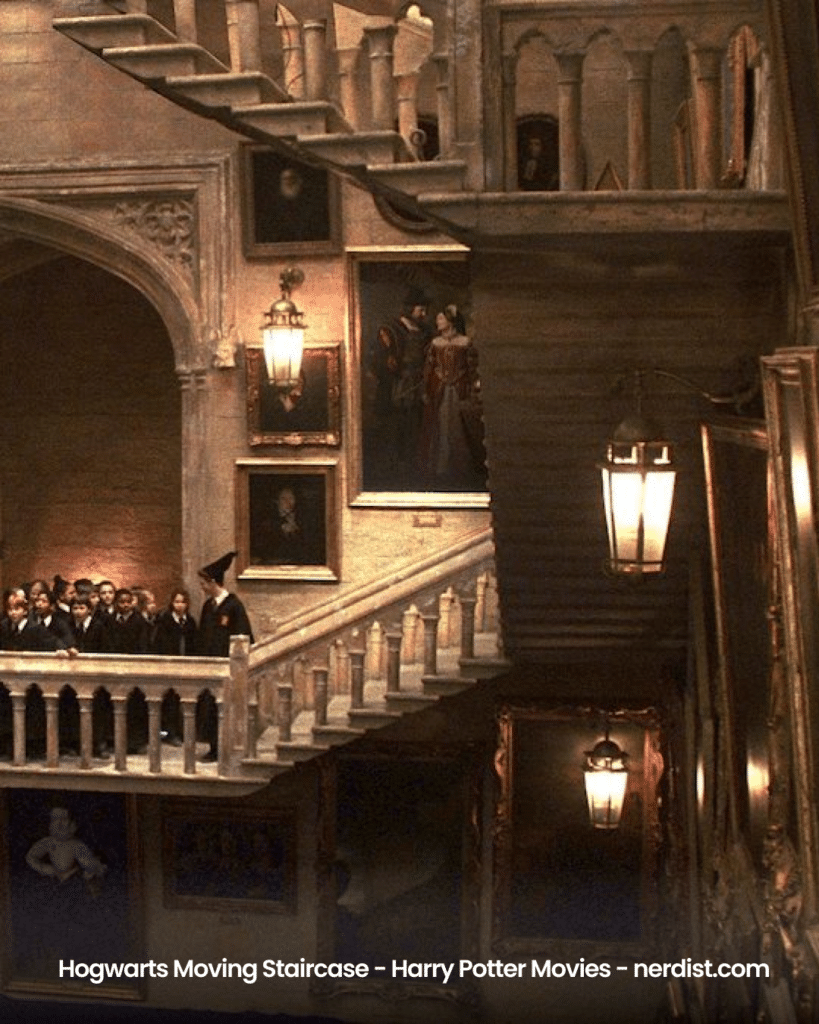
6. Harry Potter & the Moving Staircase
The grand ‘moving staircase’ was an iconic scene in the first Harry Potter movie, shown as an immense stairway in Hogwarts Castle. The structure was used to access each floor of the castle, including the dungeons and Rowena Ravenclaw was the Hogwarts founder who invented the concept of moving stairs.
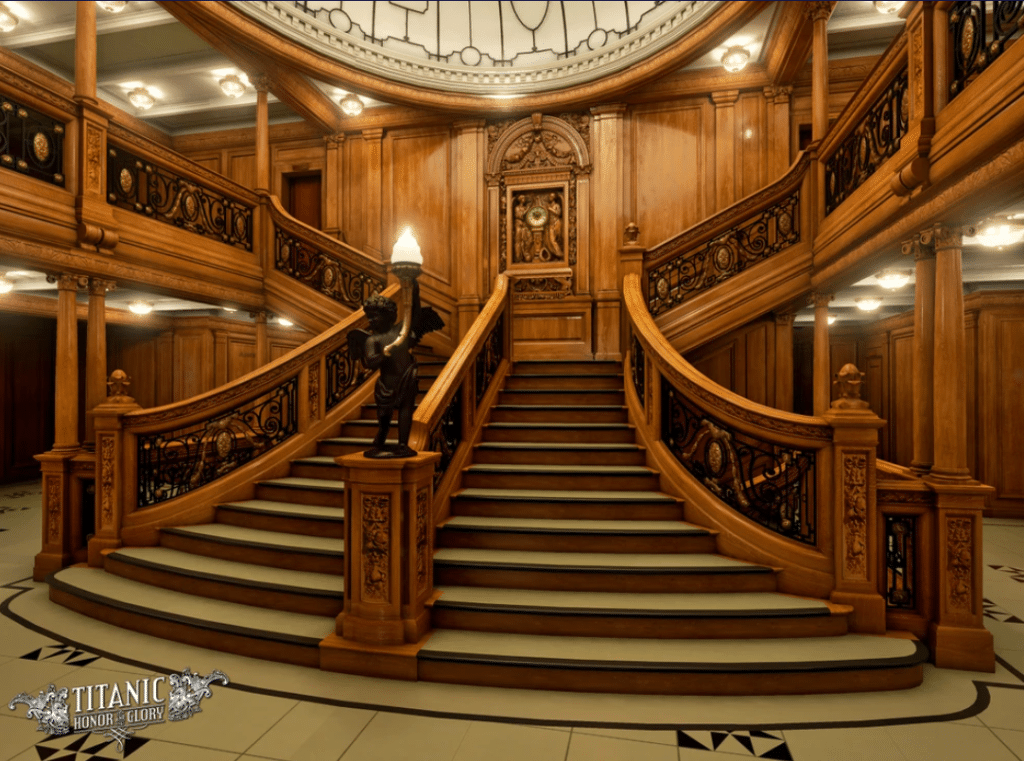
7. The Grand Staircase - Titanic
“The Grand Staircase was one of the most impressive features on board the RMS Titanic and the centre of First-Class activity. It was an opulent, lavish staircase that spanned six decks (from the Boat Deck to E Deck), continuing through to F Deck as an ordinary stairway. It was located between the 1st and 2nd funnel” https://titanic.fandom.com/wiki/Grand_Staircase
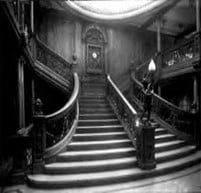
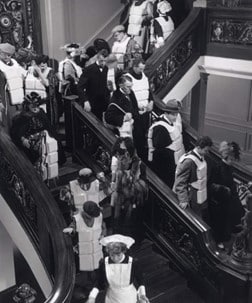
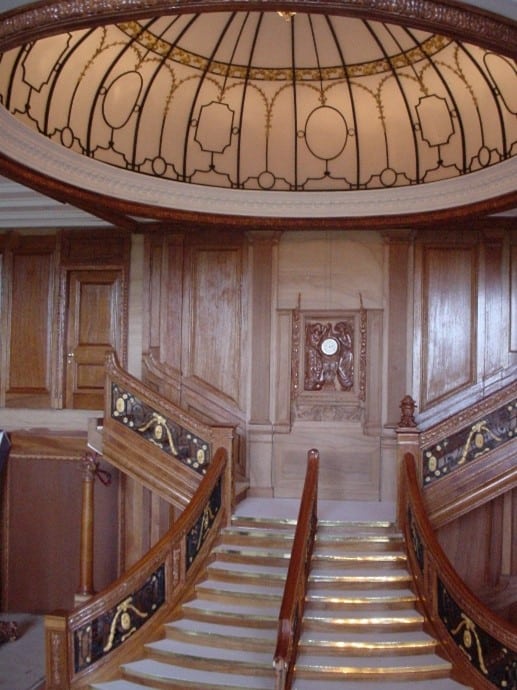
8. Chambord Double Helix Staircase
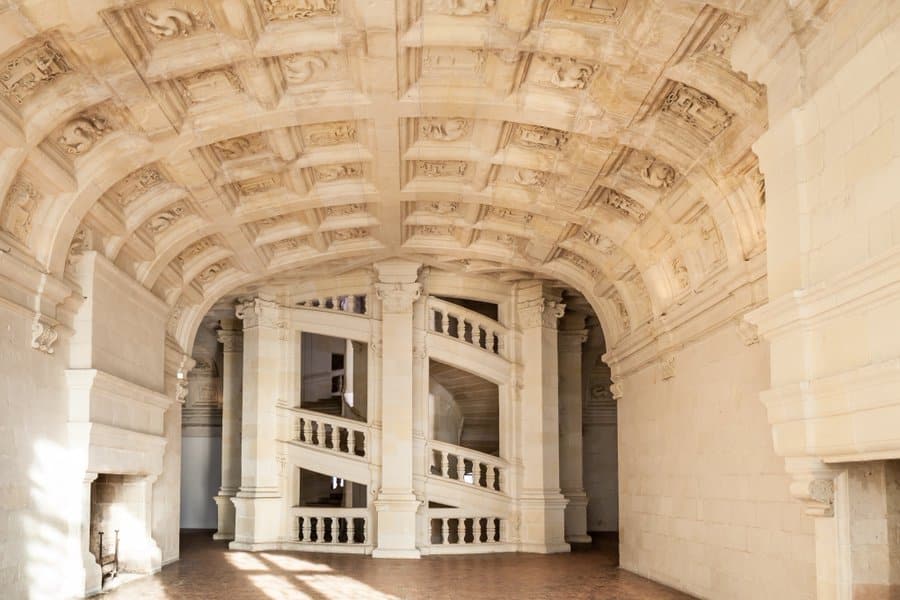
One of the most impressive staircases and architectural features of the French Renaissance castle of Château de Chambord is the famous double helix staircase. The design of this element is popularly attributed to the renowned Renaissance Italian Leonardo da Vinci.
Château Chambord was constructed between the 15th-17th centuries. The staircase is in fact two staircases which are intertwined to appear as one. The construction meant that the Royal family and visitors could ascend on one staircase and descend on another. It is known that Leonardo moved to and settled in the Loire Valley area in 1516 and entered the service of King Francis, who desired a hunting lodge and Château for entertaining. Although difficult to prove, the complexity of the staircase structure and some other elements of Chambord are assumed to be the work of the great master.
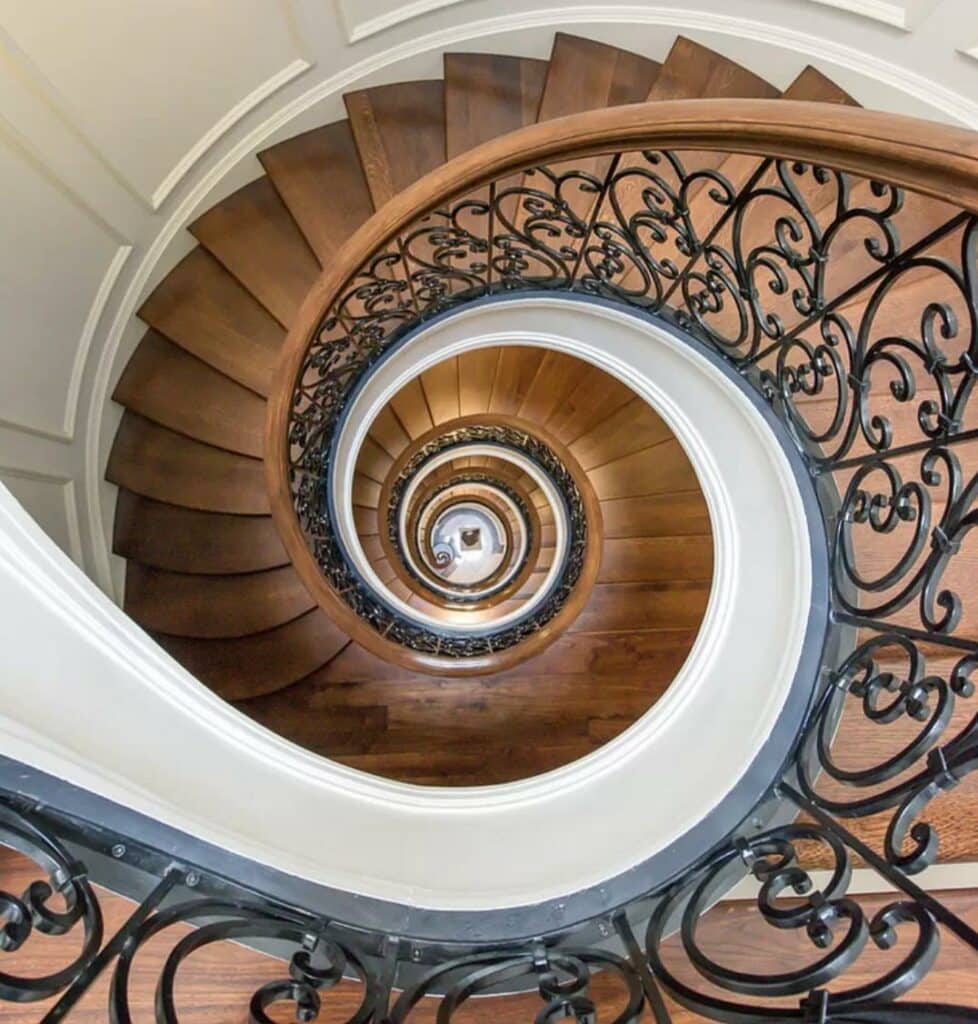
9. Fibonacci Staircases
These spiral staircases depict the Fibonacci sequence and principles of the Golden Ratio which can be seen in many different elements such as nature as a mathematical system, depicting geometric sequencing.

The Magic of Staircases
It goes without saying that staircases can have a magical impact on a space and after looking through these examples there is often a correlation between beautiful public spaces, such as libraries and museums and the design of lavish and opulent staircases. Regardless of technology and contemporary design, staircases will always have a meaningful place within our Interiors architecturally and practically.
“Books are no more threatened by Kindle than stairs by elevators.” Stephen Fry


One Response
love all your work